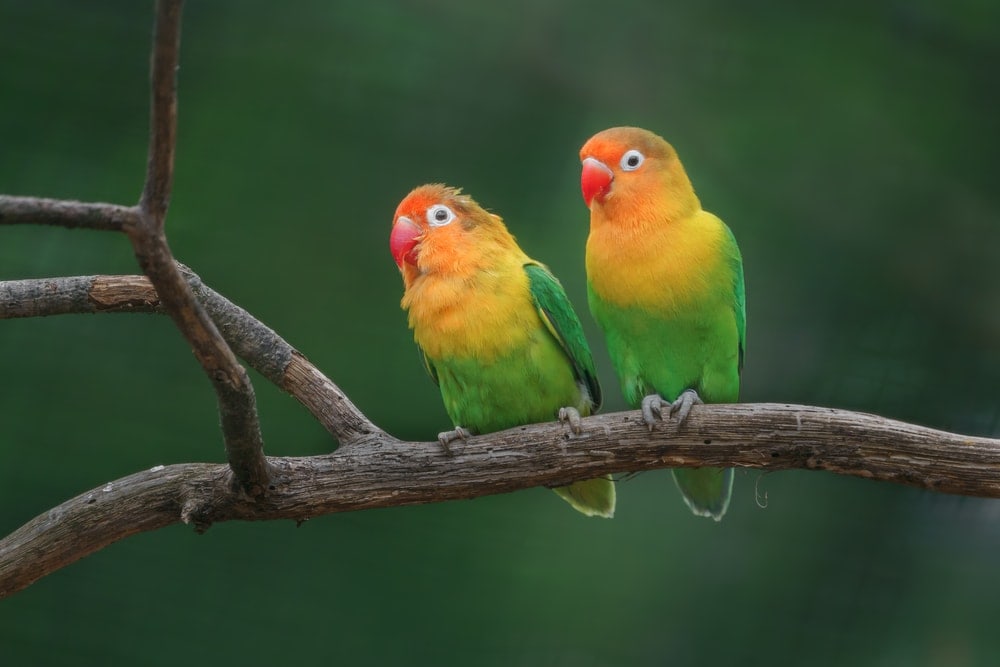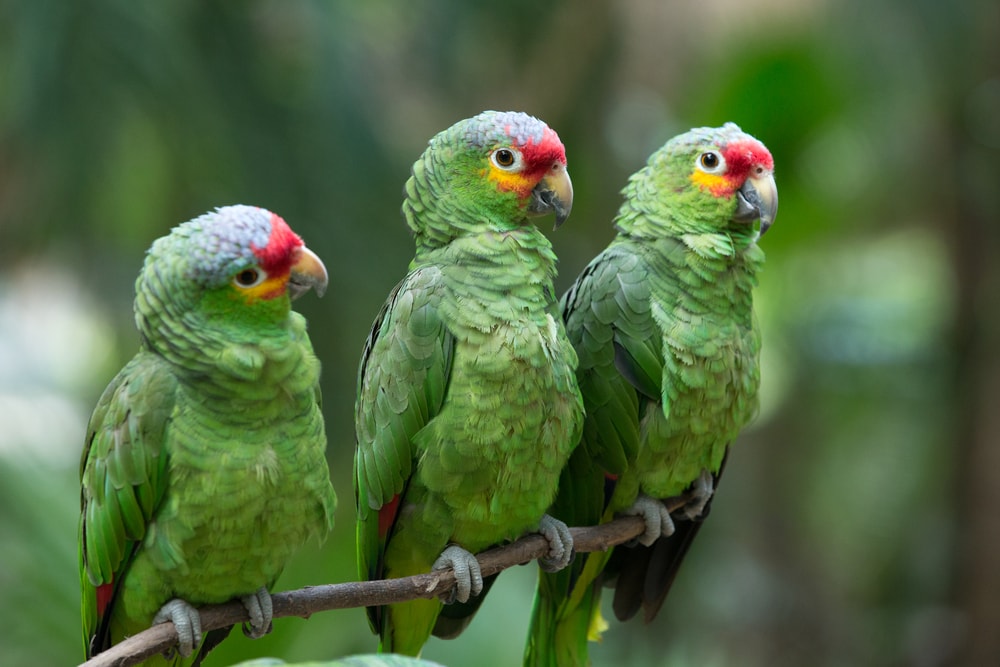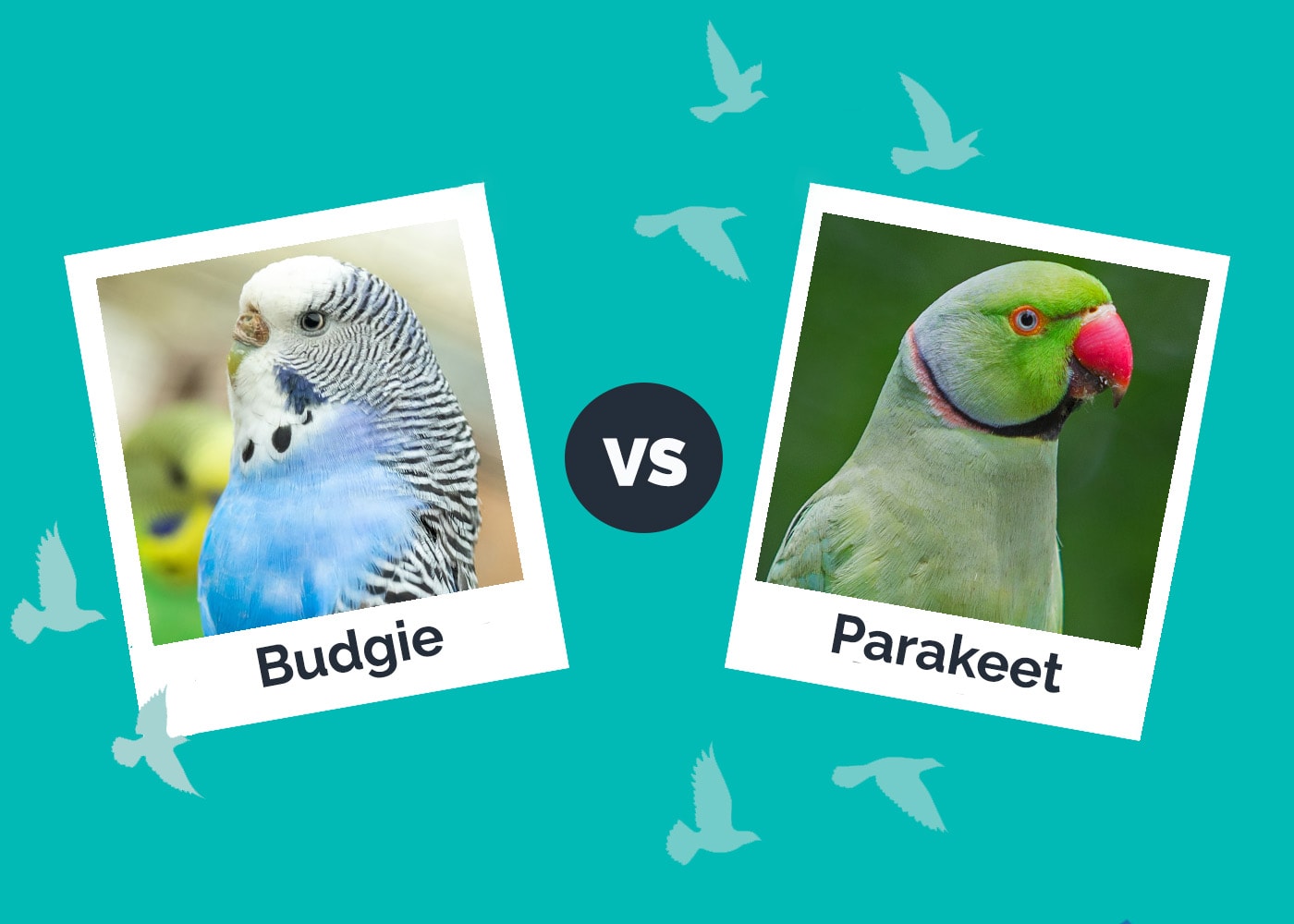What Size Cage Do Parakeets Need? Vet Approved Advice & FAQ

Updated on
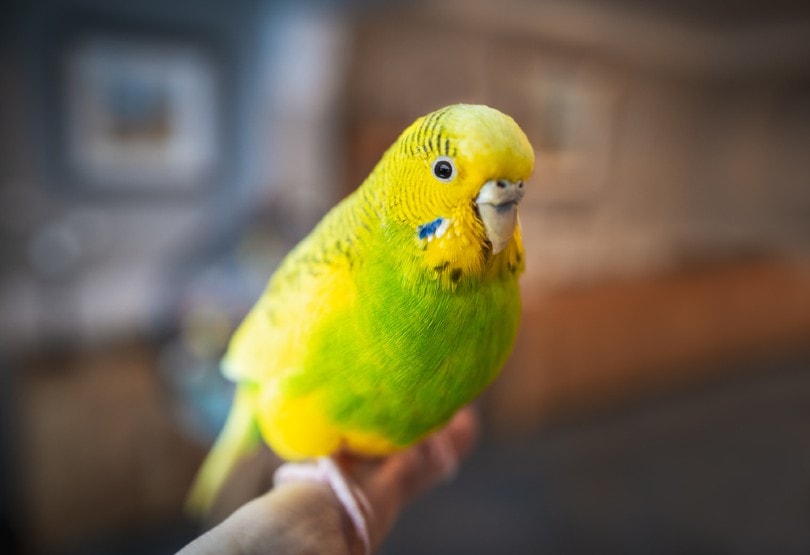
Click to Skip Ahead
Colorful, active Parakeets (Melopsittacus undulatus) are one of the most popular pet bird species, and they’re suitable for beginners or experienced owners. If you’re considering adding one to your family, you might want to know what size cage a Parakeet needs. The minimum recommended cage size for one Parakeet is 18” x 18” x 24”, but the more space you can provide, the better.
In this article, we’ll tell you more about choosing the right size cage for your Parakeet, as well as what to put inside to keep your bird comfortable and entertained. We’ll also give you tips on purchasing your Parakeet’s cage and how to keep them safe at home.
Finding the Right Size Cage for Your Parakeet
As we mentioned in the introduction, there is a minimum size cage your Parakeet needs to live comfortably. However, Parakeets are social birds who like to live together. If you are housing more than one Parakeet, you’ll need a bigger cage.
Two Parakeets need a minimum cage size of 24” x 24” x 36”. Again, the more space you can provide your pet, the better. Ideally, Parakeets should spend supervised time out of their cage each day for exercise. If not, you’ll want to get your bird a bigger cage so they have room to stay active.

Other Factors to Consider When Choosing a Cage
Besides the cage size, you’ll also want to consider bar spacing and materials when choosing an enclosure for your Parakeet. Cages made of metal, such as stainless steel, are typically the safest for Parakeets.
They are sturdy and easy to clean and disinfect. Avoid cages made of wicker or similar materials that are easily chewed. The bars of your Parakeet’s cage should be no more than ¼”-½” apart. Parakeets love to climb and perch on the bars of their cage but are also clever enough for escape attempts if you aren’t careful.
Where Should You Put Your Cage?
Parakeets are social birds, so you don’t want to locate their cage in a secluded room where they’ll never interact with anyone. Avoid placing the cage in a noisy spot with drafts or extreme temperature changes. For example, don’t put it in front of a door or window.
Strong smells can be irritating for Parakeets, and fumes can be outright dangerous, so it’s best to place their cage away from the kitchen, garage, and any scented sprays. Make sure the cage is protected from household cats and dogs who may stalk or frighten the Parakeet.
Parakeets can be safely housed in the same room as other birds and small exotic pets. However, they should never be kept in the same cage as larger birds.
What Should You Put in Your Parakeet’s Cage?
To make cleaning easier, line the bottom of your Parakeet’s cage with newspaper, paper towels, or brown paper bags. Avoid thick bedding, such as you would use in a small rodent cage or shiny paper e.g. magazine paper, which can be toxic.
Each Parakeet in the cage needs their own food and water bowls. You should use separate bowls for water, pellets, and fresh food. Bowls are better hung on the bars as bowls placed on the floor can be contaminated with droppings more easily.
You can install several perches throughout the cage, but wood and rope are the best options. They’re durable and won’t harm your Parakeet if they nibble them (just make sure they aren’t toxic). The perches should be different sizes so the Parakeet doesn’t put pressure on the same parts of their feet each time.
Finally, you’ll want to keep toys in the Parakeet’s cage for entertainment and enrichment. Choose toys that allow the bird to perform natural behaviors like chewing, climbing, and foraging. Puzzle toys, swings, ladders, and safe chew objects are all excellent choices.
You can buy toys for your Parakeet or make your own from safe materials like cardboard, wood, hard plastic, or rope. Don’t use glue to construct your toys, and make sure to replace them once they get worn. You can rotate the types and positions of the toys in the cage so your Parakeet doesn’t get bored.
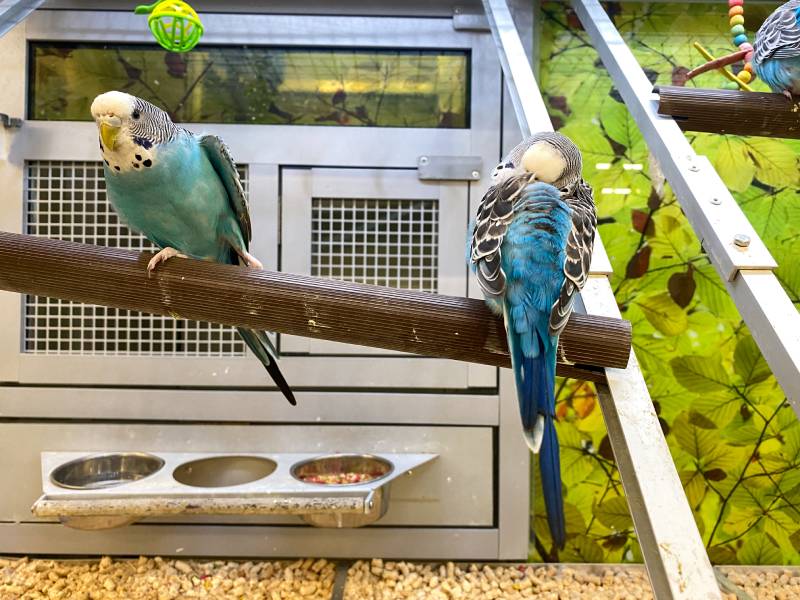
Conclusion
One of the reasons Parakeets are such popular pets is that they don’t require a lot of room. Compared to other parrots, the minimum cage size for a Parakeet won’t take up much space in your house. You can use the guidelines in this article to help you choose and equip the perfect enclosure for your new Parakeet. Remember, they’re low-maintenance pets but need daily interaction and exercise. With regular handling and training, Parakeets can make remarkable family pets.
Featured Image Credit: Christine Bird, Shutterstock



